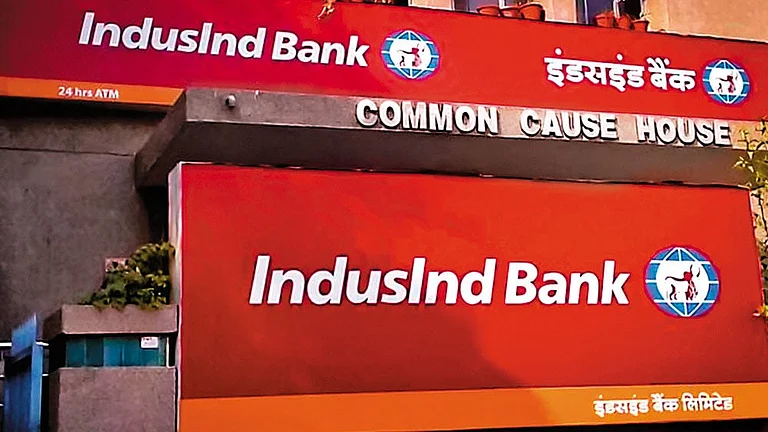Amidst the ongoing Russia-Ukraine conflict and a surge in crude oil prices, the depreciation of the Rupee against US dollars has been relatively stable unlike in the past, according to a CRISIL report.
In its report titled, ‘The rupee through three lenses,’ the rating agency points out that despite being resilient, Rupee has seen the sharpest depreciation compared to its peer currencies and will continue to do so as the geopolitical tension escalates. The sanctions imposed on Russia by the west, and the hike in key interest rates by the US fed by 25 basis points, further add to the depreciation of Indian currency against the US dollar.
Notably, Rupee advanced 32 paise to 75.89 against US Dollar in the early trade, on Thursday. The Indian currency crossed Rs 76 per dollar mark on March 16, compared to Rs 74.5 per dollar before February 24, when Russia invaded Ukraine. Over the past few weeks, the crude oil prices have also touched the seven-year-high at $140 per barrel, adding to further depreciation in Rupee against the dollar.
However, compared to the taper-tantrum episode of 2013, and the 2008 global financial crisis of 2008, Rupee has remained resilient. Between November last year when and March 14, the Rupee depreciated 2.6 per cent as compared to 8.5 per cent and 11.3 per cent during the 2008 global financial crisis and the 2013 taper tantrum, respectively. Meanwhile, the volatility in Indian Rupee is far lower at 0.9 Rs/dollar during the November to March period, compared to the 2008 global financial crisis and the 2013 taper tantrum when the volatility was 2.4 Rs/dollar and 5.2 Rs/dollar, respectively.
A reason behind the stability in Rupee is a combination of adequate forex reserves, the RBI interventions, and lower external account vulnerability. Moreover, in December last year, the central bank not only sold dollars amounting to $2.9 billion in the spot market but also bought dollars worth $49 billion in the spot market, in order to accumulate foreign exchange (forex) reserves.
However, even though the Indian currency has been resilient, it has depreciated more compared to other emerging markets currencies. It has witnessed the sharpest depreciation compared to other Asian and BRICS currencies.
“Much of the weakness, though, was seen in the past month as foreign portfolio investors (FPIs) withdrew funds amounting to $5.1 billion owing to risk-off sentiment arising from the Russia-Ukraine conflict and tapering of global liquidity,” the report said.
Moreover, the rupee will further depreciate and is likely settle at around 77.5 per dollar by March 2023, due to mean reversion amid global tensions and rate hikes by the US Fed.
“Two factors will play a pivotal role in driving the weakness: higher energy prices widening the current account deficit, and rate hikes by the US Fed resulting in some capital outflow. But with the Reserve Bank of India (RBI) expected to continue intervening in the forex markets (thanks to larger forex reserves) to manage volatility, a sharp depreciation in the rupee may be avoided though it could face volatility near term so long as geopolitical tensions persist,” the report added.
The international crude oil situation and India’s reliance on exports from the Black Sea region will also play a major role in the Rupee outlook. With the global supply chain disruption, CRISIL expects the current account deficit to widen to 2.4 per cent of GDP in fiscal 2023, compared with an estimated 1.6 per cent in fiscal 2022. Moreover, with the rising demand for dollars to pay for expensive oil imports, the depreciation pressure on the rupee will intensify, as per CRISIL.
Meanwhile, with an increase in key interest rates by the US fed, US long-term yield would be hardened, thus reducing the interest rate differential between US assets and emerging markets. This, in turn, will increase the purchase of US assets, leading to capital outflows of riskier assets of emerging markets. As a result demand for domestic currencies will reduce, thus putting depreciating pressure.






























